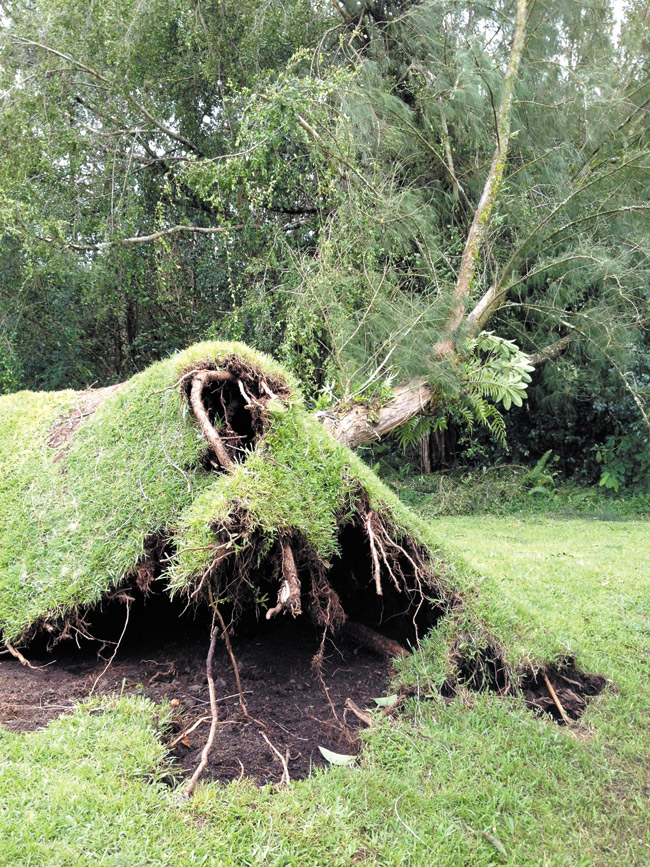Relying On Social Media In A Storm
We live in a hectic world of immediacy, where people want their information fast and they want it now.
Social media has filled some of that void, providing us with different avenues to satisfy our intense cravings for information. It is a definite game-changer and it’s here to stay. For a lot of businesses, social media has provided a marketing platform that allows them to reach more potential customers than ever with the use of influencer marketing for one example which has resulted in mass growth for some brands.
But when it comes to natural disasters, social media can be a double-edged sword.
“It really is a two-sided coin,” agrees Ed Teixeira, former vice director of Hawaii Civil Defense and former civil defense planner for state Department of Defense.
Teixeira knows all about disaster response, with more than four decades in homeland-security and disaster-preparedness experience. He admits, as far as social media, government initially was hesitant and arrived a bit late to the party.
“When Twitter came out and all of these other social media resources, we found ourselves behind the curve,” he says. “We were worried about Homeland Security, but we saw the trends nationally from the Emergency Management and Homeland Security Division, and said, hey, social media can really, really help us!”
It took some time and research, but government agencies eventually opened their world to the rest of the world.
“We found that it (social media) can help us detect where problems are,” says Teixeira. “On a local level and situation, people are listening to government and weather reports, but at the same time, they have their own way of communicating from community to community about current conditions, challenges and things we can’t see. That’s a plus.”
But it’s not all good.
A quick scan of Facebook and Twitter during the latest storm to hit Hawaii was proof of that. While much of Hawaii island was bracing for Hurricane Iselle, thousands of people across the state weren’t completely convinced that a category 1 hurricane was on our doorstep.
“Social media can present a problem,” says Teixeira, “where someone is not going to take things seriously because they saw pictures on this or that, and it doesn’t look as bad as other people are claiming and saying.”
As it turned out, parts of Hawaii island took a direct hit from Iselle, marking only the third time a named storm has struck the island since 1950. (If you’re still in doubt, try taking a drive to Puna.)
What’s important to understand when it comes to storm coverage is that social media provides only a snapshot of what’s happening at that moment, and that’s critical to grasp fully.
Hurricanes and other weather-related events have a mind of their own, and anything can change anytime. Just ask residents of Kauai, who watched in disbelief in September 1992 as Hurricane Iniki made a sudden right turn and slammed into the Garden Island.
If social media was present in 1992, it would have been interesting to see what kinds of information, and perhaps even misinformation, would have been spread across the state.
So while Iselle has provided new data for meteorologists and scientists to study and analyze, she also provided government agencies with a perfect example of what works and doesn’t work with social media.
“Government is required to provide timely decisions on behalf of the safety of the general public, and I think government has caught on over the last two or three years about using social media as another tool,” says Teixeira. “People will still continue to get their information from the media and other communication methods, but you’re going to see more government agencies use Twitter, Facebook and other social media resources to make sure they get everyone on the same page.”
Call it seeing the eye of the storm through the eyes of social media.
rkmizutani@gmail.com






